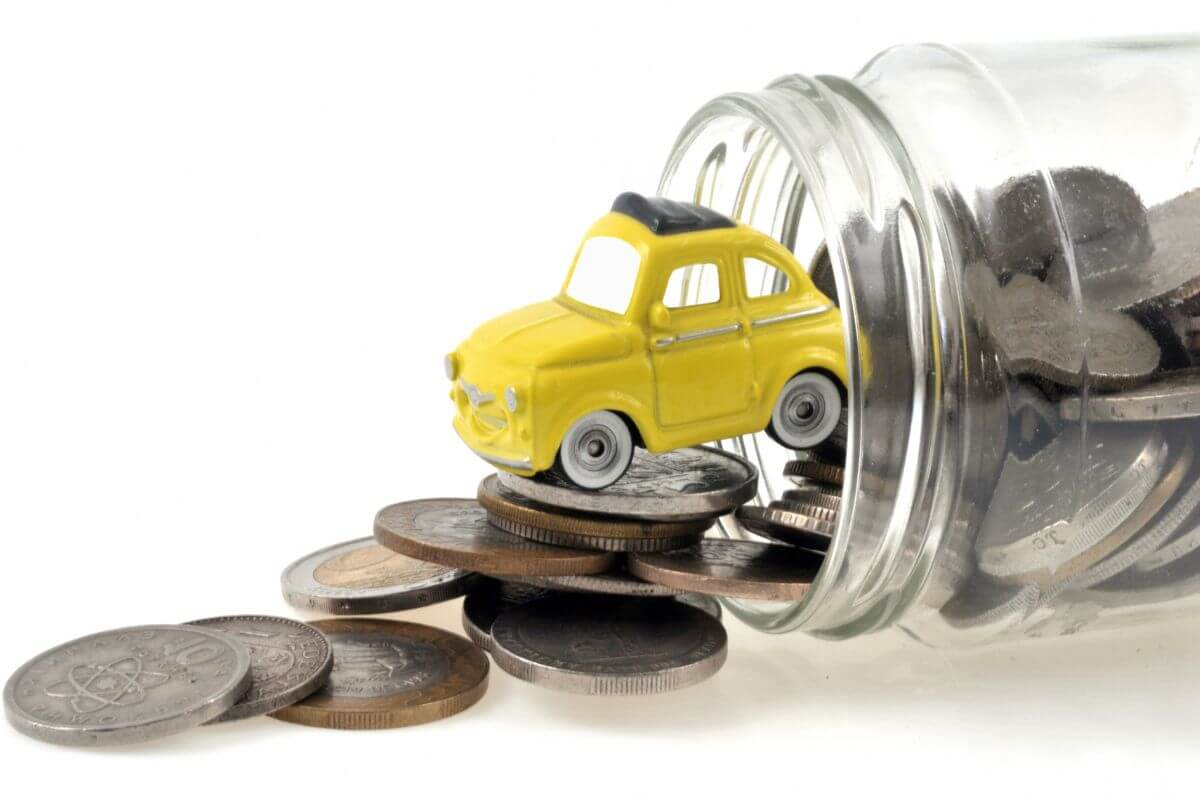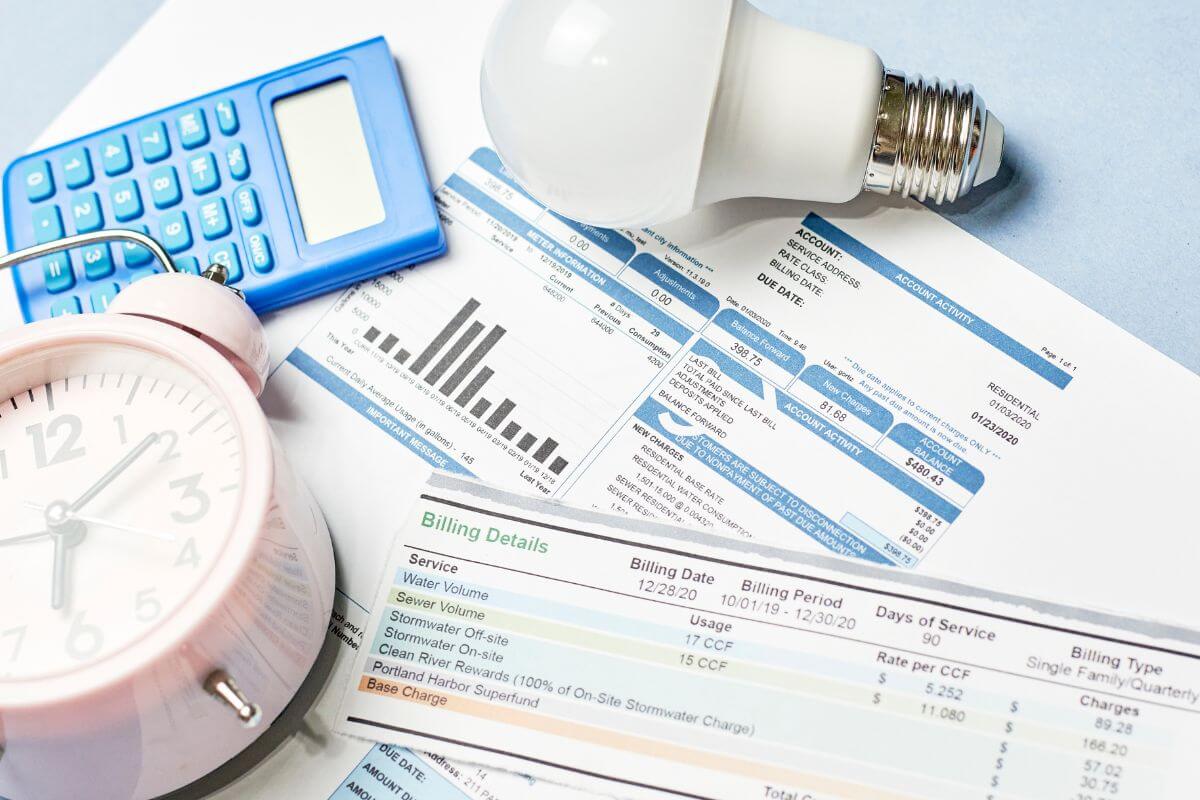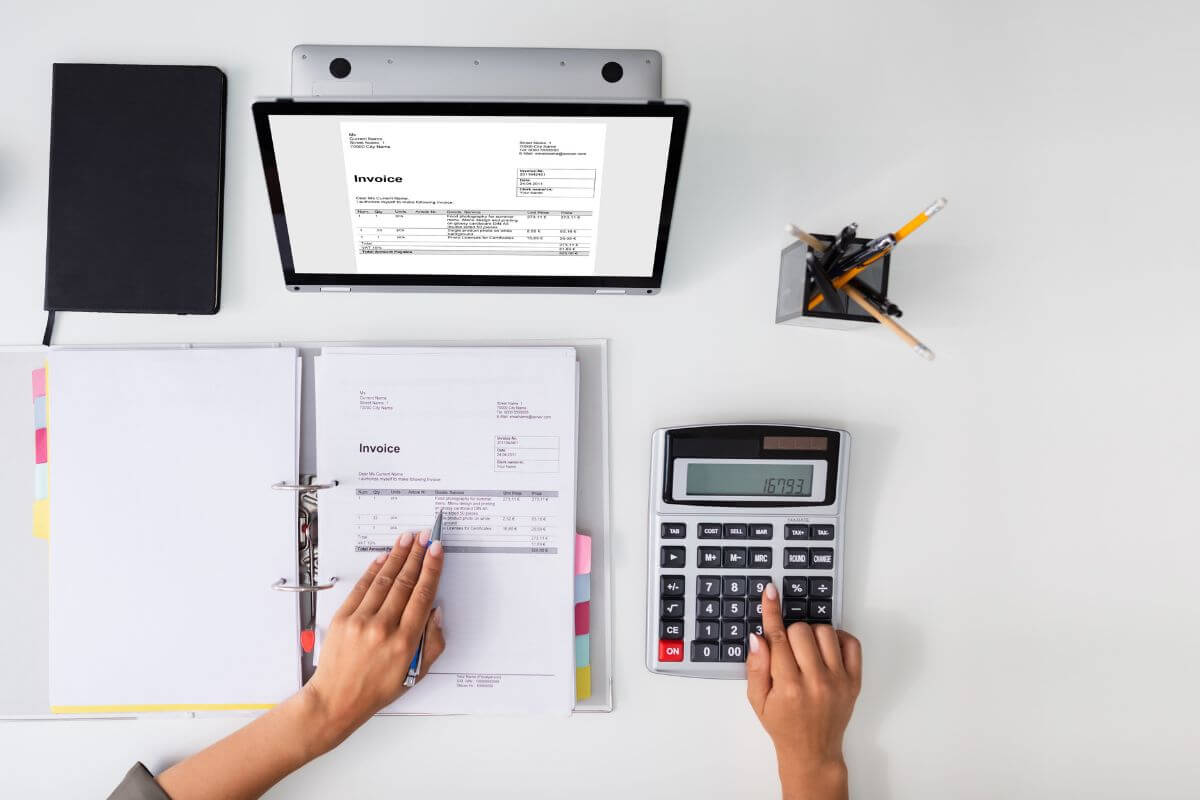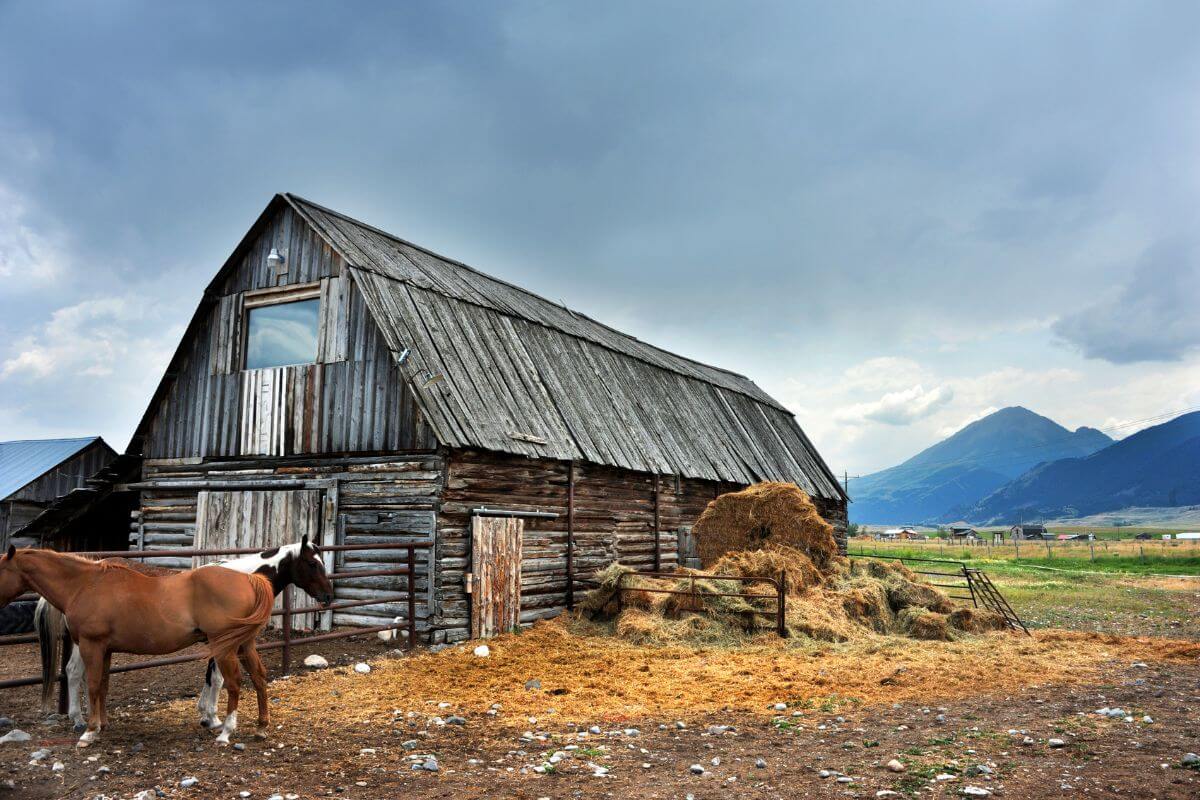Have you ever wondered what it would be like to live in the Big Sky Country? I’m here to fill you in on all the details about the cost of living prices in Montana.
In this article, you will learn all about Montana’s average housing costs, living expenses, and even the price of groceries.
I will also dive into the nitty-gritty details of sales tax, average salaries, and transportation costs. After all, it’s the little things that can make a big difference when it comes to your budget.
So whether you’re a single adult looking to make a fresh start or a family ready to embrace a more affordable lifestyle, this article is for you.
It’s time to take a closer look at what Montana has to offer and discover why it’s an excellent choice for those seeking a high quality of life without breaking the bank.
- Related article: Is Montana Friendly
Get ready to embark on a journey of practical facts and uncover the secrets of Montana’s cost of living!
Montana Cost of Living Breakdown

Cost of living refers to the amount of money you need to maintain a certain standard of living. It’s the basic expenses from housing and food to energy, medical care, and leisure activities.
Housing costs are generally affordable, especially if you’re willing to live outside major cities. And speaking of cities, you’ll find some great ones here, like the vibrant Missoula and the quaint Bozeman.
If you’re more of an outdoor enthusiast, you’ll love what Montana has to offer. Think Glacier National Park and miles upon miles of breathtaking outdoor adventures.
The square mile cost in Montana is relatively low compared to other states. Groceries here won’t break the bank either, making it easier for you to stick to your budget.
Montana: Housing Costs

When it comes to housing costs in Montana, there’s a lot to consider. The state’s housing market has been steadily growing.
Housing costs vary based on location. In Montana cities like Missoula and Bozeman, housing can be relatively expensive due to demand from residents and university students.
In more rural areas, housing tends to be more affordable. The cost of rent follows a similar pattern, with urban areas having higher rates than rural ones.
In Bozeman, a 1-bedroom apartment costs about $1,800 a month, whereas, in Billings, a similar unit is around $625. These variations in prices make Montana an excellent choice for a range of budgets.
According to Zillow, a real estate website, Montana’s median home price as of July 31, 2023 amounts to $447,068.
Here’s a table of housing statistics for Montana from 2017-2022, sourced from the U.S. Census Bureau:
| Housing Statistics | Values |
| Housing units, July 1, 2022 | 529,152 |
| Owner-occupied housing unit rate, 2017-2021 | 69.1% |
| The median value of owner-occupied housing units, 2017-2021 | $263,700 |
| Median selected monthly owner costs – with a mortgage, 2017-2021 | $1,538 |
| Median selected monthly owner costs – without a mortgage, 2017-2021 | $476 |
| Median gross rent, 2017-2021 | $886 |
| Building permits, 2022 | 6,457 |
Speaking of housing costs, there are a lot of budget-friendly Montana towns that you can check out if you are on the lookout for an affordable place to live.
Montana: Food and Groceries Expenses

According to calculations conducted by the Bureau of Economic Analysis, the average yearly cost for non-dining food expenses for a Montana resident is approximately $3,971, which is around $331 per month.
This makes Montana an affordable state in terms of food prices, especially when compared to the national average.
Listed below are monthly food costs in Montana, according to Business Insider:
| Food Costs Per Resident | Amount |
| Montana Average Monthly Cost | $266 – $300 |
| National Average Monthly Cost | $342 |
It’s important to note that these figures are averages, and the actual cost of groceries can vary depending on specific circumstances and preferred lifestyles.
However, Montana consistently ranks as an affordable state when it comes to food and grocery prices. The cost of groceries in Montana is generally manageable.
This, combined with the state’s beauty and abundance of outdoor activities, makes it an excellent choice for those seeking affordable living without compromising on quality.
Montana: Transportation Expenses

As of August 5th, 2023, the average cost of gas in Montana is $3.96, surpassing the national average by 13 cents. For road trips or daily commutes, expect some extra cost.
Speaking of commuting, the mean travel time to work in Montana is 18.6 minutes. That’s not too bad, especially when compared to some congested metropolitan areas.
And when it comes to transportation costs, the average annual expenditure for a single individual is approximately $5,316. However, if you’re part of a larger family, you can expect to pay around $15,073.
Whether you reside in the largest city or a small town, transportation services add to your monthly expenses.
Here are varying financial commitments associated with different family structures in Montana:
| Family Makeup | Average Annual Transportation Cost |
| 1 working single adult | $5,316 |
| 2 adults, 1 is working, and 1 child | $11,691 |
| 2 working adults, no children | $9,561 |
| 2 working adults, 3 children | $15,073 |
It’s clear that family size plays a significant role in transportation expenses. But don’t worry, there are public transportation options available in Montana if owning a vehicle isn’t your thing.
And for those who prefer budgeting their transportation costs in a more manageable way, I recommend checking out MIT’s Living Wage Calculator.
Their annual transportation expenditure estimates, based on data from 2023, can help simplify the process and keep your budget in check.
Montana: Healthcare Costs

When it comes to healthcare costs in Montana, it’s essential to consider the expenditure in relation to promoting and maintaining our well-being.
According to the 2021 report from the Bureau of Economic Analysis, the average yearly cost of health care per individual in Montana stands at $8,289.
For businesses with 1 to 50 full-time employees, the Small Business Health Options Program (SHOP) is a valuable resource. With SHOP, employers have the opportunity to provide insurance coverage.
In Montana, the premiums for SHOP insurance vary based on the desired coverage level, and they can be divided among employees if desired.
Here’s a table of SHOP insurance showing monthly expenses per employee for different age brackets:
| Bronze | Silver | Gold | Platinum |
| Enrollee age up to 20 | $196.00 | $242.00 | $295.00 |
| Enrollee age 21 | $215.00 | $265.00 | $323.00 |
| Enrollee age 30 | $244.00 | $301.00 | $366.00 |
| Enrollee age 40 | $275.00 | $339.00 | $412.00 |
| Enrollee age 50 | $384.00 | $474.00 | $576.00 |
| Enrollee age 60 | $583.00 | $720.00 | $876.00 |
Montana: Utility Bills

Utility costs are the expenses with essential services required for a household or business to function. These services often include electricity, water, natural gas, heating, cooling, sewage, and waste removal.
Utility costs are a key component of monthly expenses, and it’s important to know what to expect before making a move. In Montana, utility costs are a reasonable $297 per month on average.
This is what you can expect to spend on utilities each month in Montana:
| Utility | Average Montana Bill |
| Electricity | $98 |
| Gas | $52 |
| Cable and Internet | $106 |
| Water | $41 |
Individual costs may vary based on your location and usage. By being aware of these utility costs, you can budget accordingly and ensure that your monthly expenses are manageable.
Montana: Childcare and Education Expenses

Childcare and education expenses are significant considerations for families in Montana. As a parent, you want to ensure that your child receives the best care and educational opportunities available.
Montana provides resources for families to handle these costs. The Montana Early Childhood Services Bureau is an organization dedicated to enhancing early care and education affordability and accessibility.
The provided figures represent the typical childcare expenses in Montana for the year 2021:
| Type of Child Care | Average Cost Per Month, Per Child |
| Infant Classroom | $1,075 |
| Toddler Classroom | $925 |
| Preschooler Classroom | $775 |
| Home-based Family Child Care | $1,049 |
Montana: Typical Annual Salaries

The median household income in Montana stood at $60,560 in 2021 dollars. Looking at the per capita income over the past 12 months, it amounted to $34,423 translating to $2,868 monthly wage.
These figures reflect the overall earnings of individuals and families in the state.
These are the typical annual salaries across various occupational areas in Montana:
| Occupational Area | Typical Annual Salary |
| Management | $88,026 |
| Business & Financial Operations | $68,346 |
| Computer & Mathematical | $69,118 |
| Architecture & Engineering | $82,944 |
| Life, Physical, & Social Science | $59,394 |
| Community & Social Service | $50,463 |
| Legal | $69,515 |
| Education, Training, & Library | $51,731 |
| Arts, Design, Entertainment, Sports, & Media | $42,359 |
| Healthcare Practitioners & Technical | $82,073 |
| Healthcare Support | $32,558 |
| Protective Service | $52,712 |
| Food Preparation & Serving Related | $25,766 |
| Building & Grounds Cleaning & Maintenance | $33,043 |
| Personal Care & Service | $31,257 |
| Sales & Related | $32,723 |
| Office & Administrative Support | $40,794 |
| Farming, Fishing, & Forestry | $41,014 |
| Construction & Extraction | $52,988 |
| Installation, Maintenance, & Repair | $52,282 |
| Production | $41,621 |
| Transportation & Material Moving | $41,533 |
These figures offer a glimpse into the average earnings associated with different professions based on their respective categories.
They can serve as a starting point for individuals to understand the earning potential in the various occupational areas.
When considering your monthly budget or looking at your basic wage, these typical annual salaries can help you gauge the income range that may be expected in different fields.
It’s important to note, however, that individual salaries can vary based on factors such as education, experience, and location within the state.
Montana: Different Tax Structures

Taxes are an inevitable part of our financial lives, and they have a direct impact on our ability to afford our daily expenses.
In Montana, taxes take various forms, income taxes, property taxes, sales taxes, and more. Let’s take a closer look at the different tax structures in the state:
- Graduated Individual Income Tax – Montana employs a progressive income tax system. Tax rates span from 1.00 % to 6.75 %. Higher-income brackets incur higher tax percentages.
- Corporate Income Tax Rate – Montana’s corporate income tax rate stands at 6.75 %. Corporations are obligated to pay a portion of their profits as taxes.
- No State or Local Sales Taxes – Montana stands out by not imposing state or local sales taxes. Consumers and businesses benefit from this unique tax policy.
- Strong Ranking on the 2023 State Business Tax Climate Index – Montana secures an impressive 5th place on the Index. A higher ranking reflects a more business-friendly tax environment.
Montana Cost of Living Final Thoughts

When evaluating the cost of living in Montana, there are several key factors to consider. The average rent and salary comparison in different cities plays a role in assessing the sustainability of living in the state.
Housing costs vary across the state. Comparing the cost of housing in different areas allows individuals to choose a location that aligns with their preferred lifestyle and budget.
Food expenses are another consideration. The cost of groceries can vary depending on the city, and individuals should factor this into their monthly expenses.
Additionally, it’s worth considering the cost of dining out and other miscellaneous costs related to food.
Montana’s gas prices and annual transportation costs can vary from city to city. Those who rely heavily on their vehicles should consider these expenses.
Evaluating overall living costs involves considering healthcare and utilities. Medical expenses vary, prompting the need to research insurance options and local medical costs.
Utility bills, such as electricity and water, should also be factored into the monthly budget.
Lastly, Montana’s abundant outdoor activities make it an excellent choice for outdoor enthusiasts. The state offers a range of recreational opportunities, from hiking and camping to fishing and skiing.
It’s important to consider how these activities fit into one’s preferred lifestyle and budget.
By considering cost of living factors, individuals can make wise decisions about living in Montana and ensure that they can maintain a sustainable lifestyle that aligns with their financial goals.
Montana Cost of Living FAQs
1. What’s the Average Salary in Montana?
The median household income from 2017 to 2021 was $60,560. This represents the midpoint of all household incomes, meaning that half of the households earn more and half earn less than this amount.
On the other hand, the per capita income for the same period was $34,423, which represents the average income for each individual.
2. What Is Montana’s Population?
According to the United States Census Bureau’s data from July 1, 2022, the population of Montana is approximately 1,122,867.
3. Is Living in Montana Cheaper Than Living in Texas?
According to the 2023 First Quarter Cost of Living report from MERIC, Montana has a cost of living index of 103.7, while Texas has a slightly lower index of 93.
This means that living in Montana is not necessarily cheaper than living in Texas.
4. Which City in Montana Has the Lowest Cost of Living?
Among the cities in Montana, Great Falls secured the most budget-friendly position with a cost-of-living index of 87.4.
5. How Much Money Do You Need to Live Comfortably in Montana?
If you’re considering a move to Montana, it’s important to examine your monthly budget closely, especially if you’re aiming for a comfortable living. The average cost of living in Montana is $47,887.
To quench your fascination with Montana and gain deeper insights, stay connected and explore these captivating articles:

